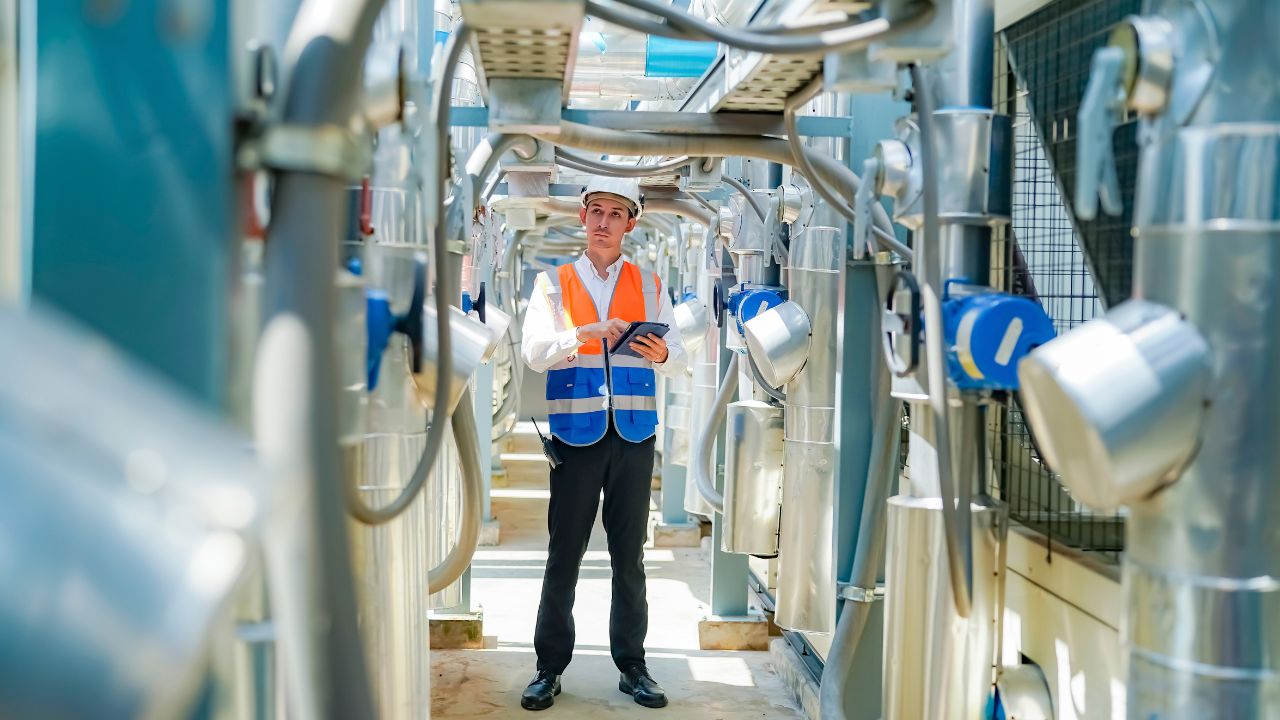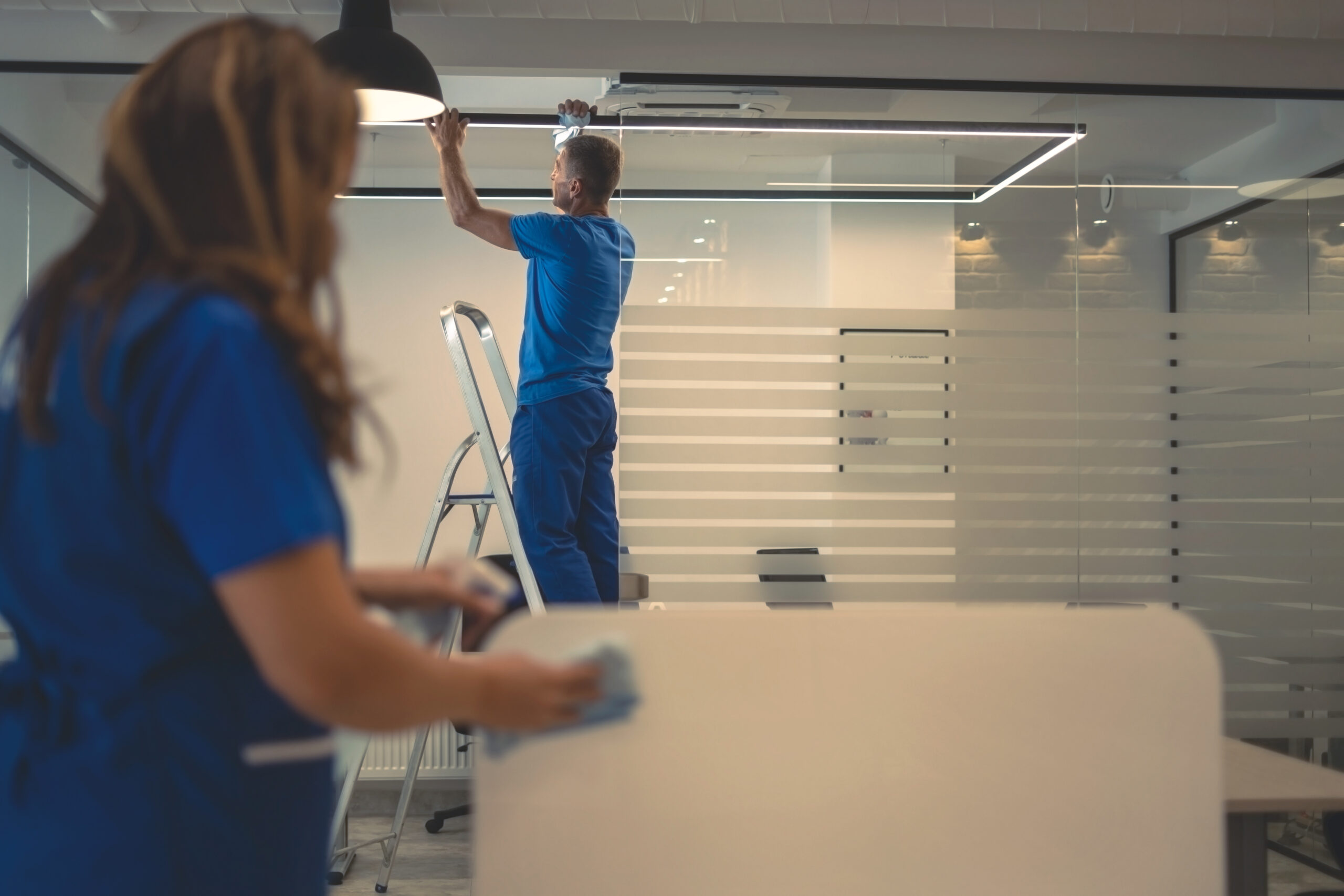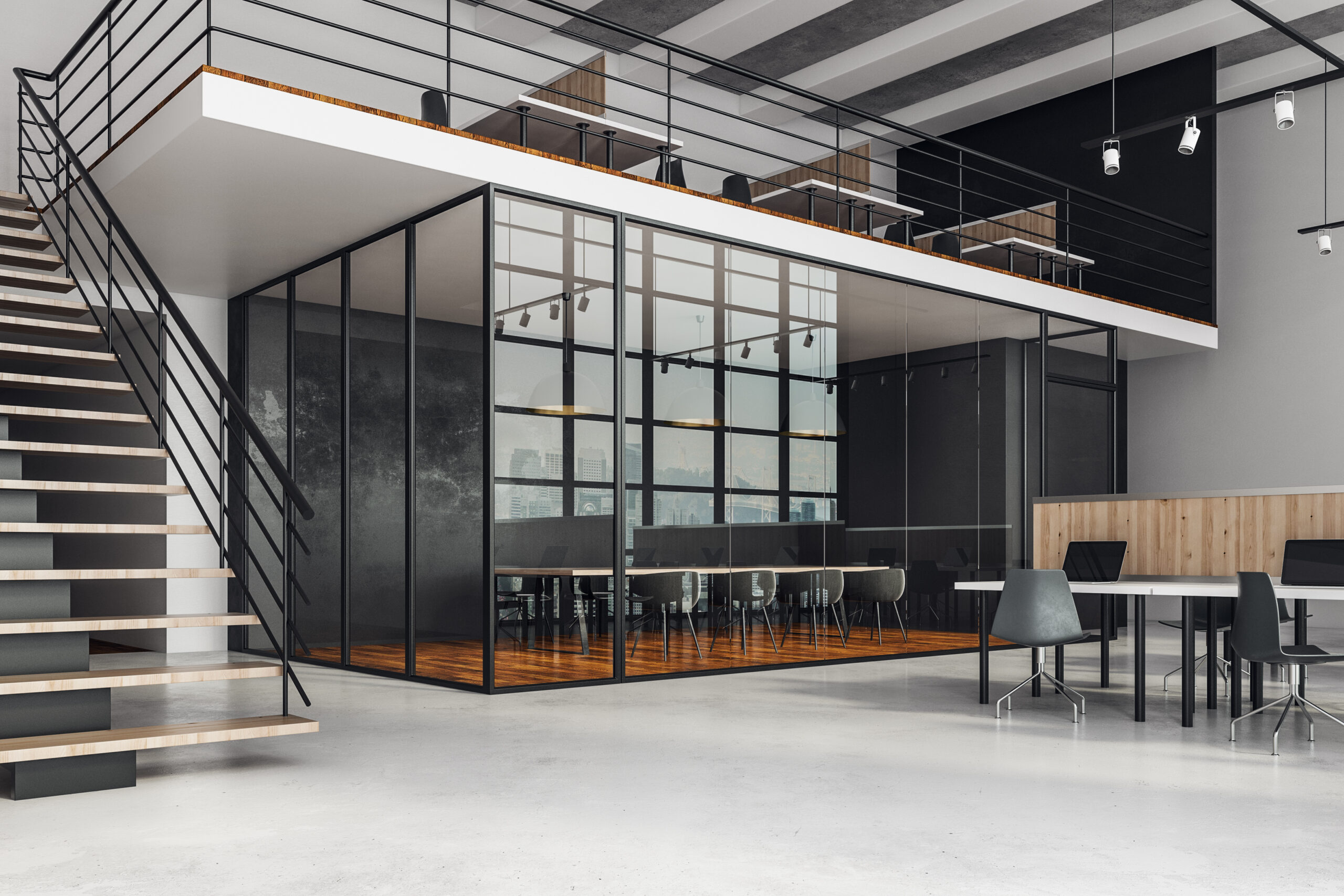Flat roofs are the standard across most commercial buildings for a reason. They’re easier to install over wide areas, offer flexibility for HVAC and mechanical equipment placement, and allow more efficient use of building height. But the choice of material makes a significant difference in both long-term performance and cost of ownership.
Each flat roofing system comes with trade-offs. What works well for a warehouse may not be the right choice for a retail center or an office tower. Variables like roof traffic, weather exposure, slope, penetrations, insulation, and maintenance access all affect how a roof performs over time. Upfront cost is just one part of the equation—lifecycle maintenance and repair needs can shift the true value of the system dramatically over a 20–30 year span.
Independent life-cycle research comparing common flat roofing systems has shown that different membrane types—like PVC, bituminous, and elastomeric assemblies—can vary significantly in long-term environmental impact and overall performance.
A separate lifecycle study analyzing 472 flat roof assemblies also found that membrane choice, insulation configuration, and roof accessibility strongly affect long-term economic and thermal performance, with PVC and bituminous systems frequently identified as the most advantageous options.
Built-Up Roofing (BUR): Proven But Heavy
Built-up roofing, often referred to as “tar and gravel,” is one of the oldest flat roofing methods still in use. It involves alternating layers of bitumen and reinforcing fabric, typically finished with a gravel surface. BUR systems are known for durability, especially in high-traffic areas where roof access is frequent for HVAC maintenance or utility work.
The gravel surface provides excellent UV protection and impact resistance. BUR also delivers strong waterproofing and redundancy thanks to its multiple plies. But the downside is weight. BUR systems are significantly heavier than most single-ply options and often require additional structural support.
Installation is also more labor-intensive and disruptive due to the hot asphalt process. For occupied buildings, that can raise odor and ventilation concerns. BUR systems also tend to be harder to inspect for leaks, since the gravel layer can hide surface damage until it becomes a problem.
In terms of cost, BUR falls in the mid-to-high range depending on ply count and insulation strategy. Long-term, they can deliver strong performance—especially in regions with stable temperatures—but they require consistent upkeep, particularly on flashings and seams.
Modified Bitumen: A Flexible Hybrid Option
Modified bitumen systems evolved from traditional BUR, using asphalt reinforced with polymers like APP or SBS to enhance flexibility and weather resistance. These systems are typically installed in rolls, either with torch-down methods, cold adhesives, or self-adhered membranes.
Modified bitumen roofs provide a balance between toughness and ease of installation. They can be applied in multi-ply assemblies for added protection or as single-ply systems in lower-risk settings. The material handles foot traffic better than some single-ply membranes, making it a fit for buildings with rooftop units that require regular servicing.
Compared to BUR, modified bitumen is lighter and generally easier to repair. Flashings and seams are still potential failure points if not detailed carefully, but manufacturers now offer pre-fabricated accessories that improve reliability.
Installation costs fall in the moderate range, and maintenance requirements depend on whether the system is exposed or protected with granules or coatings. White reflective surfaces can be added to help with solar heat gain, although they typically degrade faster than synthetic membranes under UV exposure.
EPDM: The Workhorse of Office Parks
EPDM (ethylene propylene diene monomer) is a rubber-based roofing membrane known for its durability, especially in cold climates. It’s most often installed in black, fully-adhered or mechanically-fastened sheets. One of the biggest advantages of EPDM is its flexibility—it resists cracking during freeze-thaw cycles and handles building movement well.
Because EPDM is available in large sheets, there are fewer seams to manage, which reduces leak risk. Repairs are also straightforward—patches can be added quickly with bonding adhesives. However, black EPDM absorbs heat, which can lead to higher cooling loads in warm climates. White “cool roof” versions are available but tend to be less durable and more prone to dirt buildup.

In terms of cost, EPDM is one of the most affordable systems for large, open areas. It doesn’t hold up well under heavy foot traffic or mechanical abuse, so walk pads or access routes should be built in during planning. Routine maintenance is minimal—keep drains clear, monitor seams, and inspect flashings regularly. With proper care, EPDM systems often reach 25–30 years of service life.
TPO: Popular for Reflectivity and Cost Balance
TPO (thermoplastic polyolefin) has become one of the most widely used commercial roofing membranes, especially for projects where white roofs are preferred. TPO reflects sunlight well, making it popular in southern climates and LEED-conscious designs aiming to reduce heat island effect.
This single-ply membrane is heat-welded at the seams, creating a strong, watertight bond. It’s installed in rolls, either fully adhered or mechanically fastened. TPO is lighter than modified bitumen or BUR, and installation is typically quicker, reducing labor costs.
The challenge with TPO is quality control. Since there’s no industry-wide standard formula, different manufacturers produce membranes with varying thickness, reinforcement, and UV stability. Some early-generation TPO systems had issues with premature cracking or seam failure. Choosing a reputable product and certified installer is essential.
TPO works well in moderate-traffic areas. It’s not ideal for rooftops that see frequent equipment servicing unless walkways are added. Maintenance involves visual inspections of seams and flashings, debris removal, and cleaning of reflective surfaces to maintain energy efficiency.
PVC: Best for Chemical Resistance and Roof Movement
PVC (polyvinyl chloride) membranes are another single-ply option, similar in appearance and installation method to TPO. Where PVC stands out is in its resistance to chemicals, oils, and grease—making it ideal for restaurants, manufacturing facilities, and labs with rooftop exhaust.
PVC is also more pliable than TPO and handles building movement better over time. It resists punctures and UV degradation effectively, though it tends to be more brittle in cold conditions if not properly reinforced. Installation uses heat welding, and like TPO, it’s available in reflective white versions to aid with cooling performance.
The main drawback is cost. PVC is among the most expensive single-ply options, especially when specified with thicker reinforcements or special fire ratings. However, its longevity often offsets the premium—PVC systems regularly last 25 years or more with minimal repairs.
Maintenance includes regular seam checks, surface cleaning, and monitoring around rooftop units. If installed well, PVC systems tend to age gracefully, with fewer problems than lesser-known synthetics.
Roof Maintenance Planning Based on Material Type
Regardless of which system is installed, all commercial flat roofs require maintenance. The difference lies in how often, how invasive, and how costly those maintenance routines are.
BUR and modified bitumen systems often need more regular surface inspections due to the risk of small cracks or surface degradation going unnoticed. EPDM, TPO, and PVC are easier to inspect due to their smooth membranes, but seams, flashings, and penetrations still require attention.
Facility teams should develop a roof maintenance plan tied to the system’s manufacturer guidelines and warranty conditions. That includes:
- Biannual visual inspections (spring and fall)
- After-storm assessments for debris or damage
- Drain clearing and perimeter checks
- Scheduled cleaning for reflective membranes
- Documentation of all inspections and repairs
Skipping maintenance or allowing minor damage to linger is one of the fastest ways to void a warranty and accelerate deterioration. With roofing, early detection is the key to avoiding full-scale replacement.






